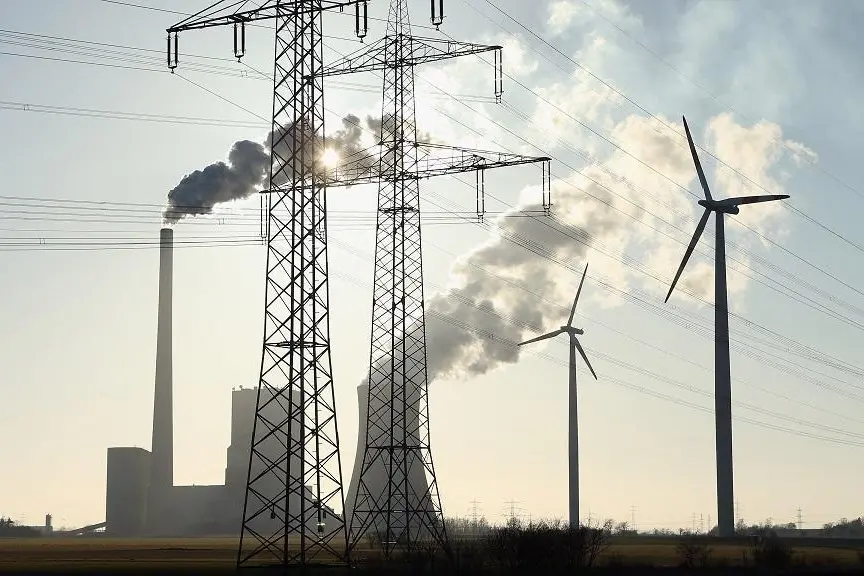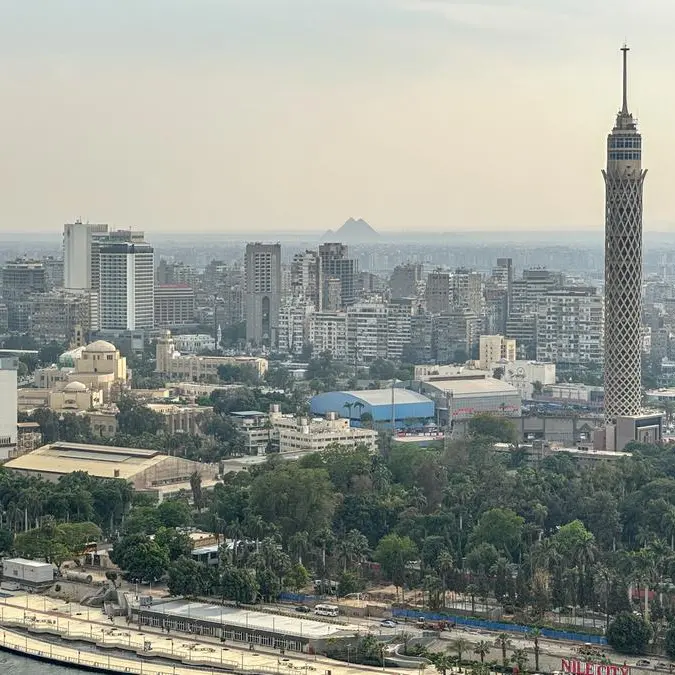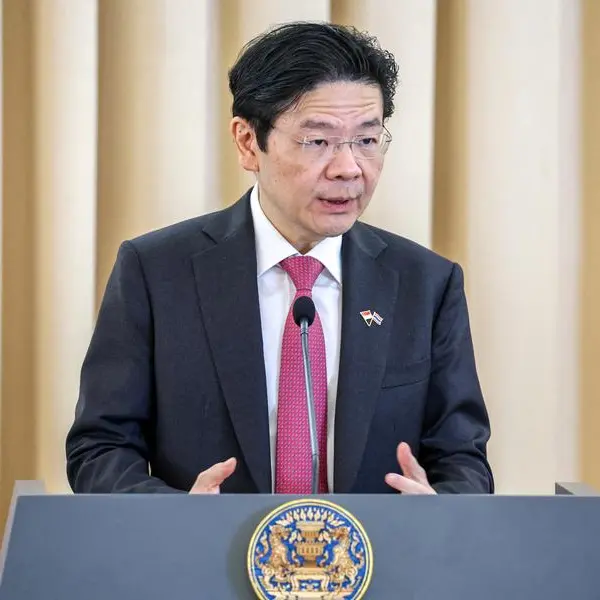PHOTO
The Philippines ranked sixth globally for new coal power capacity in 2022, according to a report by US-based Global Energy Monitor.
According to the report, 14 countries launched new coal power projects in the previous year, with over half or 59 percent of the newly established capacity situated in China, amounting to 25.2 gigawatts (GW).
The remaining 16 percent was in South Asia (India, Pakistan, and Bangladesh), 11 percent in Southeast Asia (Vietnam, Philippines, Indonesia, and Cambodia), nine percent in East Asia (Japan and South Korea), and five percent in other regions.
For the Philippines, coal plant proposals have been rapidly shrinking since the 2020 moratorium on plants for which the permitting process had not already begun, with capacity in pre-construction declining 84 percent from 10.1 GW in 2019 to 1.6 GW in 2022.
'The operational capacity in the Philippines has doubled in the last decade, but annual capacity additions are starting to plateau,' the report said.
'Estimated completion dates for the remaining 1.6-GW in pre-construction have been steadily slipping in the Department of Energy's project listings, as financing for new projects vanishes and Philippine energy companies move to shed their existing coal assets,' it said.
Globally, the report finds that coal power capacity retirements reached 26 GW in 2022, and another 25 GW received an announced close-by date of 2030.
However, while newly proposed coal power capacity has declined significantly, the world is not retiring existing coal plants fast enough, it said.
To stay on track, the report said all existing coal plants must be retired by 2030 in the world's richest countries, and by 2040 everywhere, with no room for any new coal plants to come online.
The report said phasing out operating coal power by 2040 would require an average of 117 GW of retirements per year, or four and a half times the capacity retired last year.
It said an average of 60-GW must come offline in Organization for Economic Cooperation and Development (OECD) countries each year to meet their 2030 coal phaseout deadline.
For non-OECD countries, 91 GW each year must come offline to achieve their 2040 deadline.
'Japan's Green Transformation policy approach to reducing emissions may backfire. Co-firing coal plants with other fuels like ammonia can increase emissions in the long run, not just in Japan but across Southeast Asia where it is pushing the practice,' Global Energy Monitor project manager for the global coal plant tracker Flora Champenois said.
'The untested technology will make it impossible for Vietnam, Indonesia, and the Philippines to meet climate targets, and it will be a financial burden in these price-sensitive markets. There is no room for new coal power or extending the life of existing plants when the world needs to retire about 117 gigawatts annually,' Champenois said.
Copyright © 2022 PhilSTAR Daily, Inc Provided by SyndiGate Media Inc. (Syndigate.info).





















